Golden anniversary for Skidmore institution
A savory salad of meat, fish and vegetables, “salmagundi” is also defined as “a heterogeneous mixture, potpourri.” The latter definition is most apt for Salmagundi, the internationally renowned magazine of the humanities and social sciences that marks a milestone anniversary this fall at Skidmore.
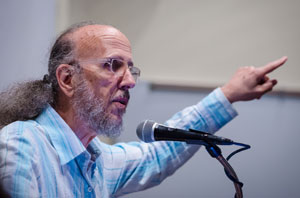
Robert Boyers, professor of English (Jim McLaughlin
photo)
Launched in 1965 by Robert Boyers, a grad student at NYU who became a professor of English at Skidmore, Salmagundi came to the College with Boyers in 1969 and has been continuously published here since. The College is the location for several events later this week to celebrate Salmagundi’s anniversary. Click here for a short history of the magazine.
Skidmore’s Frances Young Tang Teaching Museum and Art Gallery currently has a two-part exhibition of Salmagundi memorabilia, and will be the site of an international Salmagundi conference titled “Belief and Unbelief.” Scheduled for Sept. 25-27 in the Payne Room of the Tang Museum, the event (free and open to the public), will feature a notable array of writers and thinkers who will discuss and debate questions that bear upon the most basic aspects of our lives.
Click here for details on “Belief and Unbelief.”
Salmagundi’s 186 issues have covered politics, culture, and a wide range of ideas, with work by some of the best creative writers of the past half century: Nadine Gordimer, Seamus Heaney, J.M. Coetzee, Saul Bellow, Louise Glück, Joyce Carol Oates, Russell Banks, Marilynne Robinson, and many others. The magazine has also grappled with controversial issues of race, identity politics, the post-9/11 world, and the ethics of art.
Contributors have included Nobel laureates, Pulitzer Prize winners, National Book Award winners and MacArthur Award fellows, as well as poet laureates of the United States. Skidmore faculty also contribute. Articles in Salmagundi are often anthologized in collections of best American essays, poems, and fiction, as well as Pushcart Prize collections.
Boyers, who started the magazine while on leave from graduate school at NYU, says, “I really thought it would last about three years.” His financial resources would stretch that far, he thought. A half-century later, Salmagundi publishes about 4,000 copies per issue, which go to subscribers, libraries and independent book stores. The magazine publishes a blog that includes on-line only and archival material, and maintains an active Facebook and Twitter presence online.
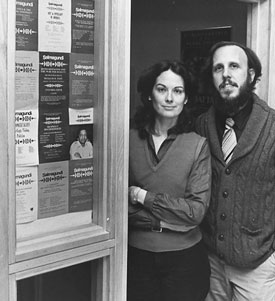
Salmagundi editors Peg and Robert Boyers in 1984.
(Bob Mayette photo)
Since the beginning, Boyers explains, “The goal was to reach an audience of people interested in many different things, people who had the stamina to read at length about diverse, sometimes unfamiliar topics and the desire to be provoked and challenged.”
The editorial mixture is primarily art and politics, according to Boyers, who notes that, though the magazine publishes a good deal of fiction, poetry and memoir, the emphasis is often on current affairs, so that many of the contributors are cultural critics, public intellectuals, and reviewers. The emphasis on politics, society and culture makes Salmagundi “very different from other literary magazines.”
Salmagundi regularly hosts symposia and publishes the conversations in special editions. Boyers describes these signature symposia as “an effort to bring together many competing voices, in fact, the most diverse cast of characters we can assemble, people who are certain, much of the time, to disagree vehemently with one another as they debate subjects like Islamic radicalism, liberal tolerance, identity, art and ethics” and other topics. “Readers tell us they love these special subject debates more than anything else we publish,” Boyers adds, “and the coming weekend on belief and unbelief is sure to be one of the best conferences we have ever had.”
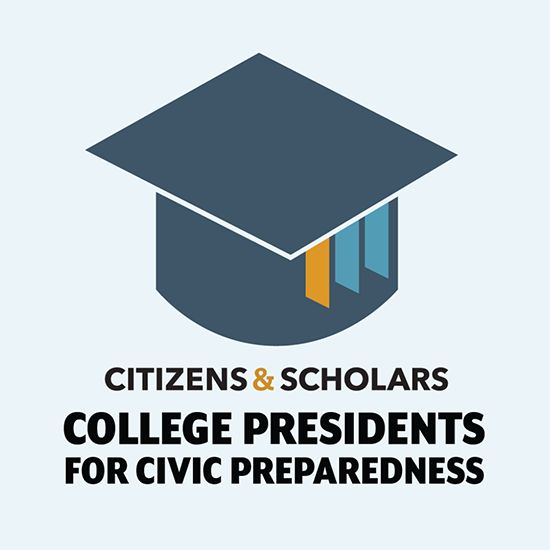
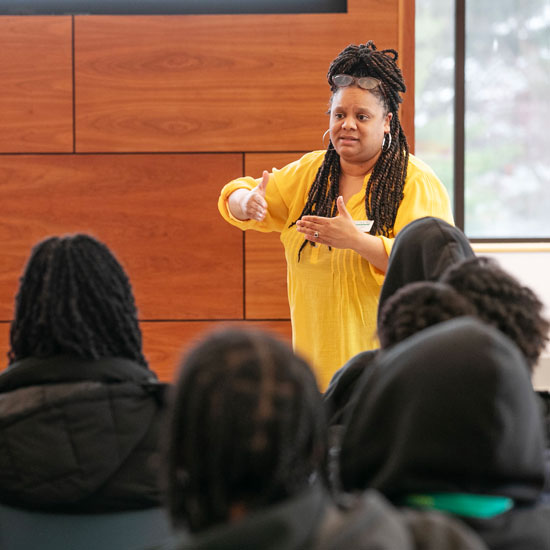
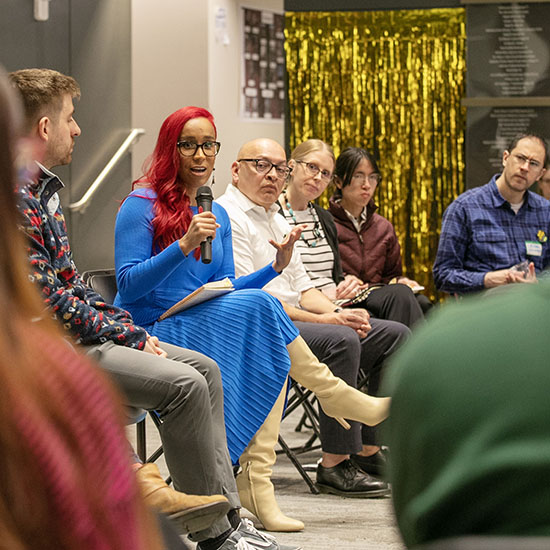
 From faculty research to student stories, there's always something creative happening.
From faculty research to student stories, there's always something creative happening.